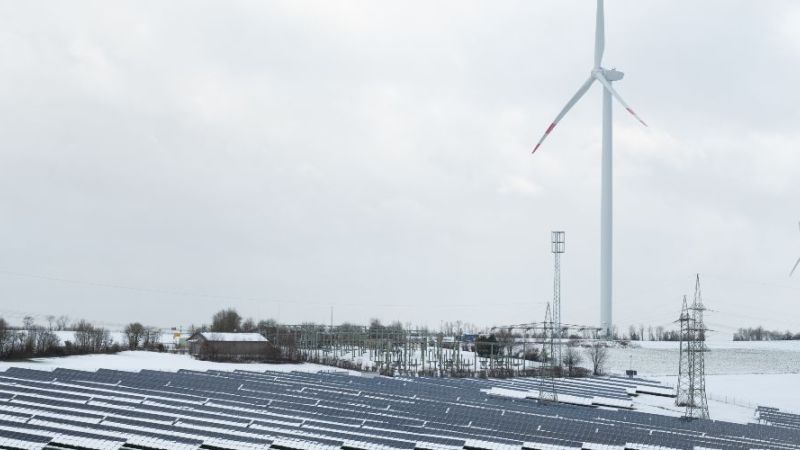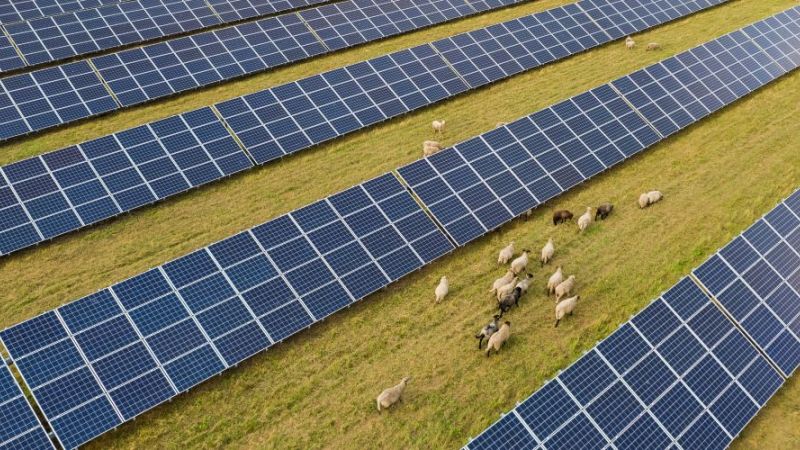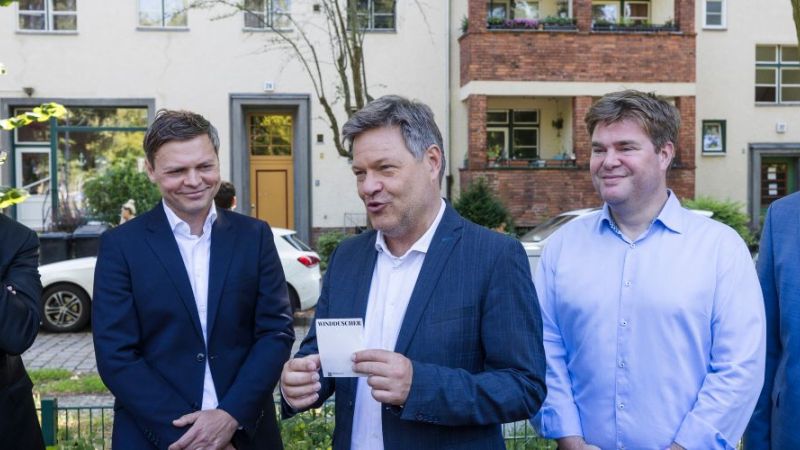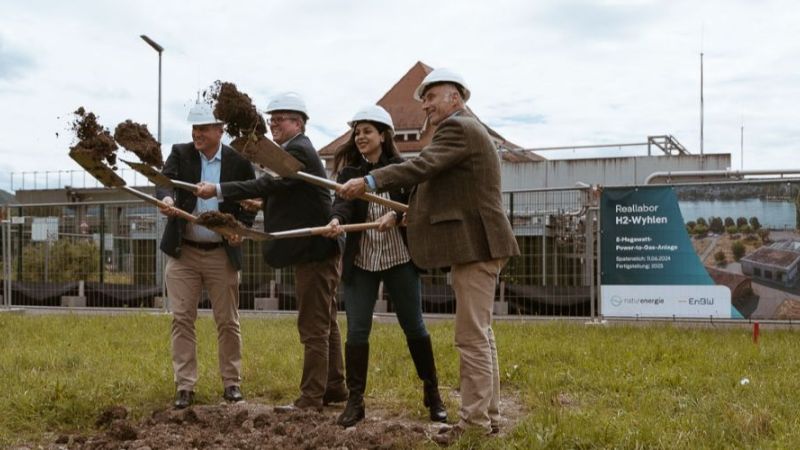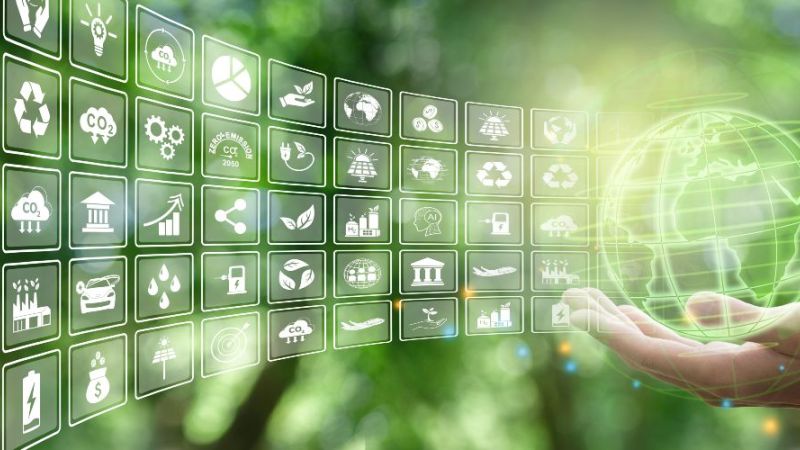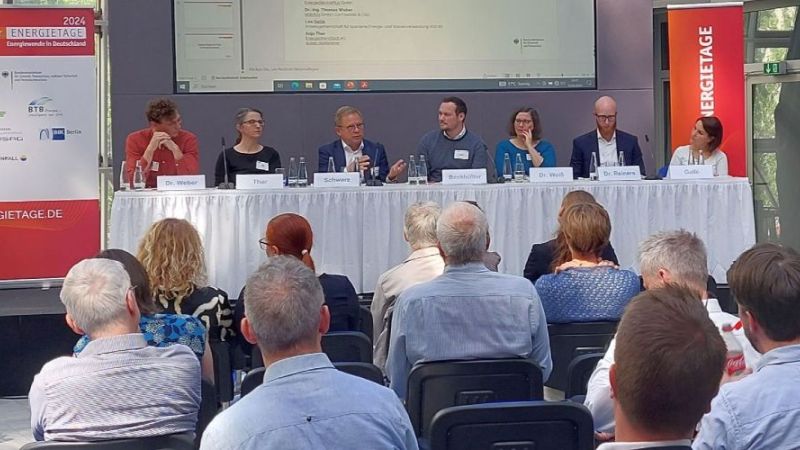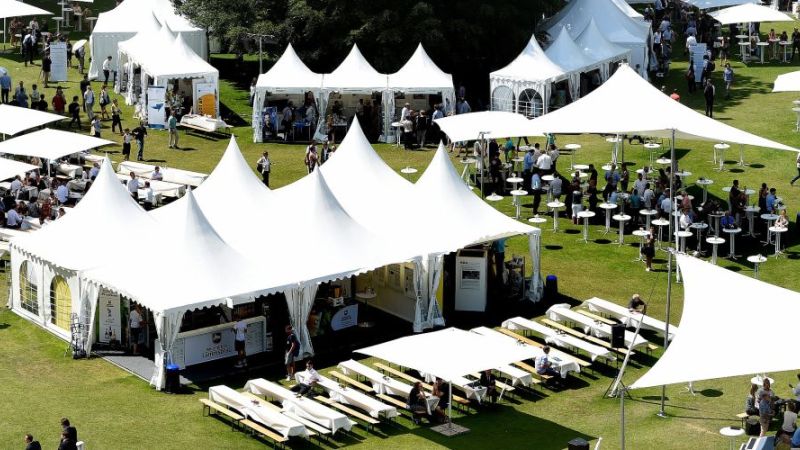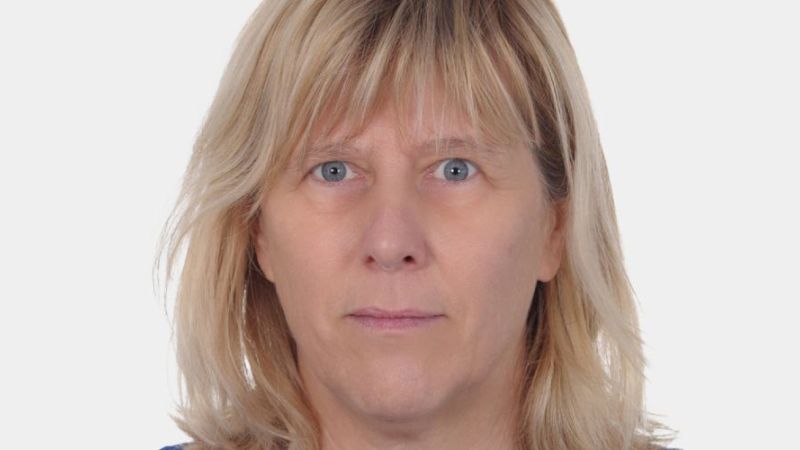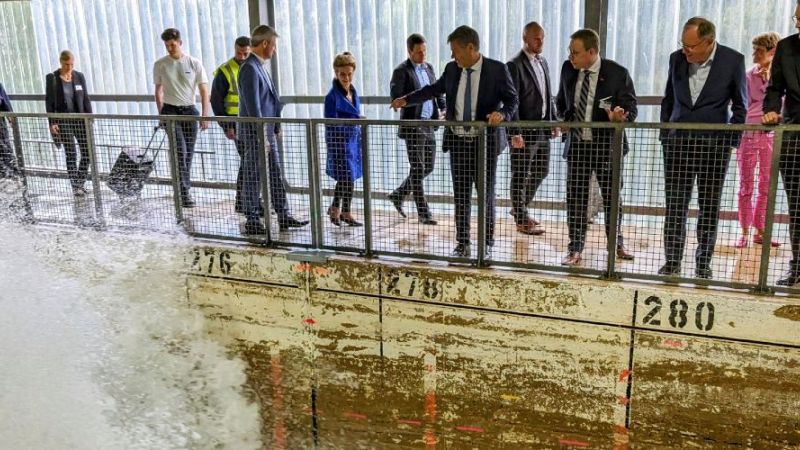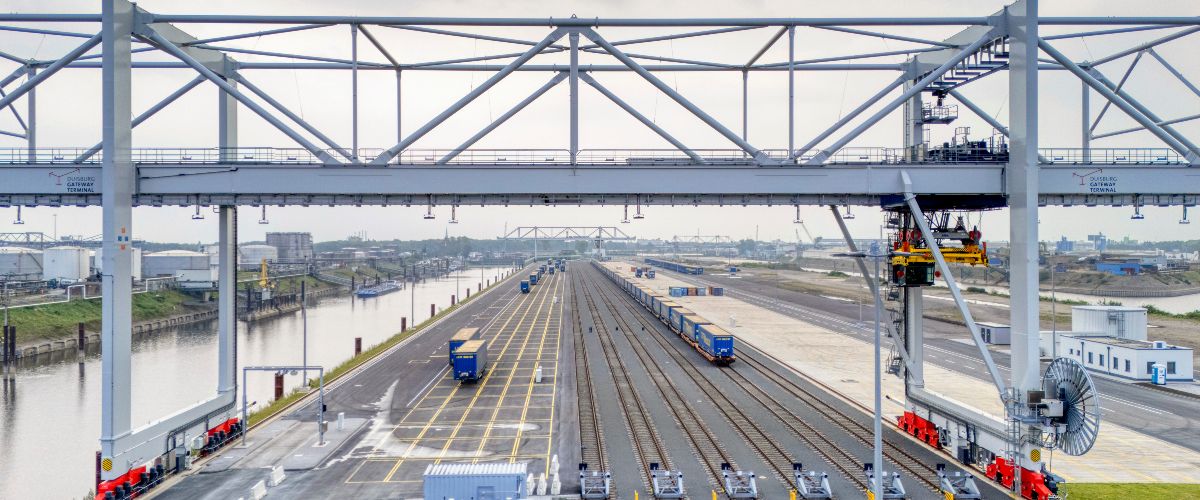 © duisport/Ilja Höpping
© duisport/Ilja Höpping
Electricity and heat from hydrogen
New container terminal in the Port of Duisburg is trialling climate-neutral operations
In the approximately 170 German inland ports, not only ships but also the ports themselves cause emissions. This is set to change in Duisburg – yesterday, the operators inaugurated Europe's first container terminal to be operated in a climate-neutral manner.
With its 21 harbour basins and an annual throughput of around 4 million containers, over 25,000 trains and 20,000 ships, Duisburg is considered the largest inland port in the world. The enerPort II project, funded by the Federal Ministry for Economic Affairs and Climate Protection, shows how Duisburg can now also become a pioneer in climate protection.
From crane systems and terminal lighting to the supply of heat and electricity to the office building, all these elements and processes at the Duisburg Gateway Terminal (DGT) will be climate-neutral in the future. The electrical energy required for the 150,000-square-metre site will be generated by fuel cell systems and combined heat and power plants that run on hydrogen. Photovoltaic systems will provide additional electrical energy. The power-supplying systems will be combined with battery storage.
 © duisport / Marco Stepniak
© duisport / Marco Stepniak
Ships use renewable instead of diesel electricity
The local energy system in the Port of Duisburg provides not only electricity but also heat, which is also supplied by the combined heat and power plants. This has advantages: the thermal energy can also supply neighbouring terminals or, theoretically, neighbouring districts via a municipal heating network. The entire energy system is controlled digitally and according to demand, thus minimising energy consumption and CO₂ emissions.
So-called shore power systems, for example, benefit from the new energy system. They supply electrical energy to ships docked in the harbour, so that they do not have to use their generators powered by marine diesel. If the shore power is then generated from renewable sources – as in Duisburg – this saves additional CO₂. In the future, not only cranes, lighting and office buildings, but also charging stations for terminal vehicles and cars are to be supplied with energy generated from hydrogen, among other things.
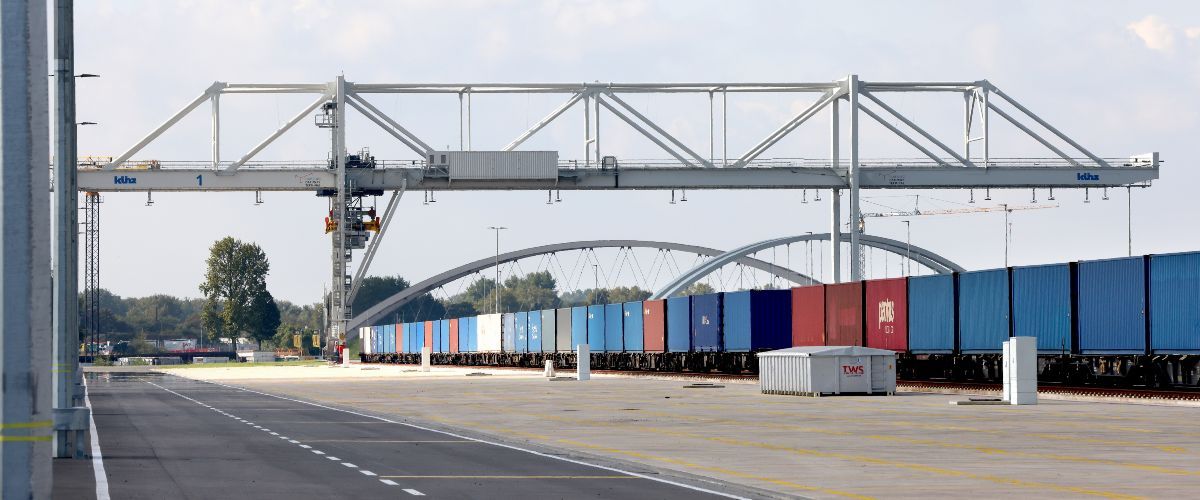 © duisport/Marco Stepniak
© duisport/Marco Stepniak
However, the project participants will have to be patient until the energy system is finally put into operation: the system is expected to be completed by the beginning of 2025. If all goes according to plan, Duisburg's inland port will then have Europe's first operational, climate-neutral container terminal.
Approval of hydrogen plants is uncharted territory
The basis for the current measures in the Port of Duisburg was laid by the predecessor project enerPort I, which started in 2019. Together with Duisburger Hafen AG, Fraunhofer UMSICHT developed a transferable overall concept for energy use and supply in inland ports that was open to new technologies. Implementation started with the follow-up project enerPort II.
‘One challenge is to develop novel solutions in technical planning and approval. As an example, there is hardly any experience with the approval of hydrogen plants. The integration of the various plants into the port infrastructure poses an additional challenge. Through the complex interaction of the stakeholders involved – authorities, operators, engineers – we are gaining valuable experience that now forms an important basis for the development of further sustainable energy systems,’ says Prof. Dr. Anna Grevé, scientific director of the project and head of the Electrochemical Energy Storage department at Fraunhofer UMSICHT. The enerport II project is being funded by the Federal Ministry for Economic Affairs and Climate Protection with around 11.6 million euros as part of the hydrogen technology offensive. (bs)

